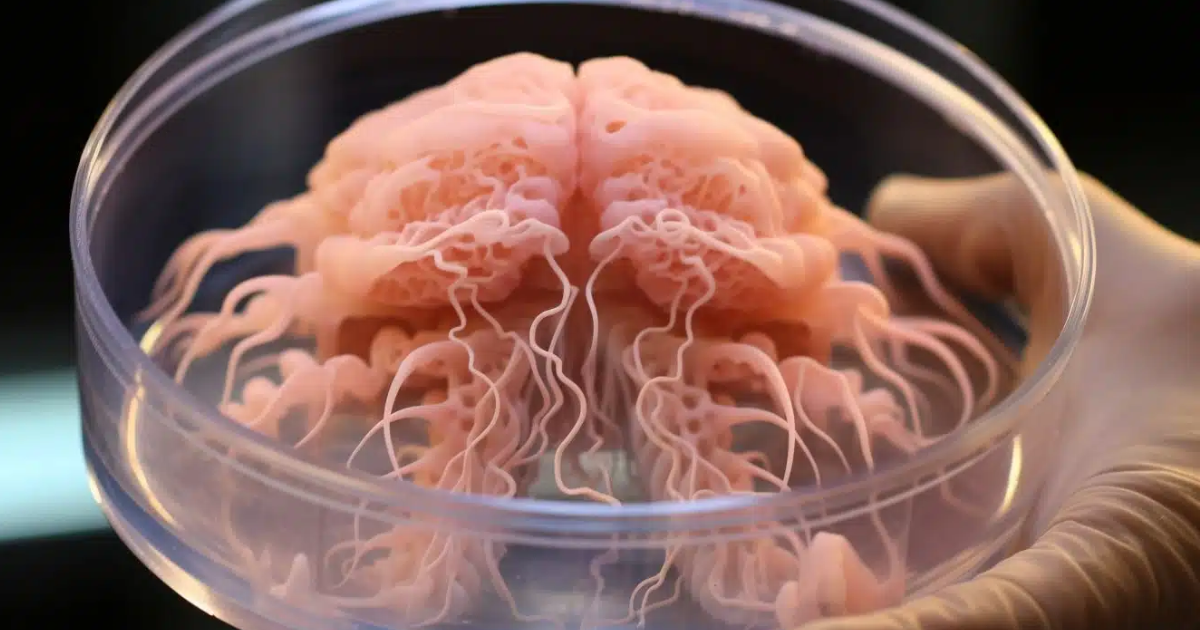
Scientists have been making great advancements when it comes to growing human tissues in laboratories. This tissue can be used for research, transplants, and much more.
One group is even working on growing brains in a lab.
This is done by taking cells from a person, getting them converted into stem cells, and then differentiating them into neurons, and finally brain cells.
The process requires the neurons to be submerged into something called Matrigel. The neurons then blossom out in three dimensions, becoming brain tissue.
Eventually, they continue to develop into what many researchers are calling ‘minibrains.’
Despite them generally being called minibrains, they are more accurately called ‘organoids’ by researchers.
The obvious question that often gets asked is whether these brains are, or could become, conscious.
Neuroscientist Kenneth Kosik from the University of California at Santa Barbara did an interview with LiveScience where he discussed this:
“The way I look at an organoid, it is a vehicle that has the capacity to encode experience and information if that experience were available to it — but it’s not. It has no eyes, ears, nose or mouth — nothing’s coming in. But the insight here is that the organoid can set up spontaneous organization of its neurons so that it has the capacity to encode information, when and if it becomes available.”
As scientists continue to make progress with this, there may be some practical uses for these minibrains. The tissue could be transplanted to attempt to repair brain damage.
In theory, it may even be possible to someday transfer consciousness from one brain to another to help extend life.
Of course, this is all a long way off and would require some significant advancements.
Growing a brain in a lab may be creepy, but it is also very interesting.
If you thought that was interesting, you might like to read about a quantum computer simulation that has “reversed time” and physics may never be the same.